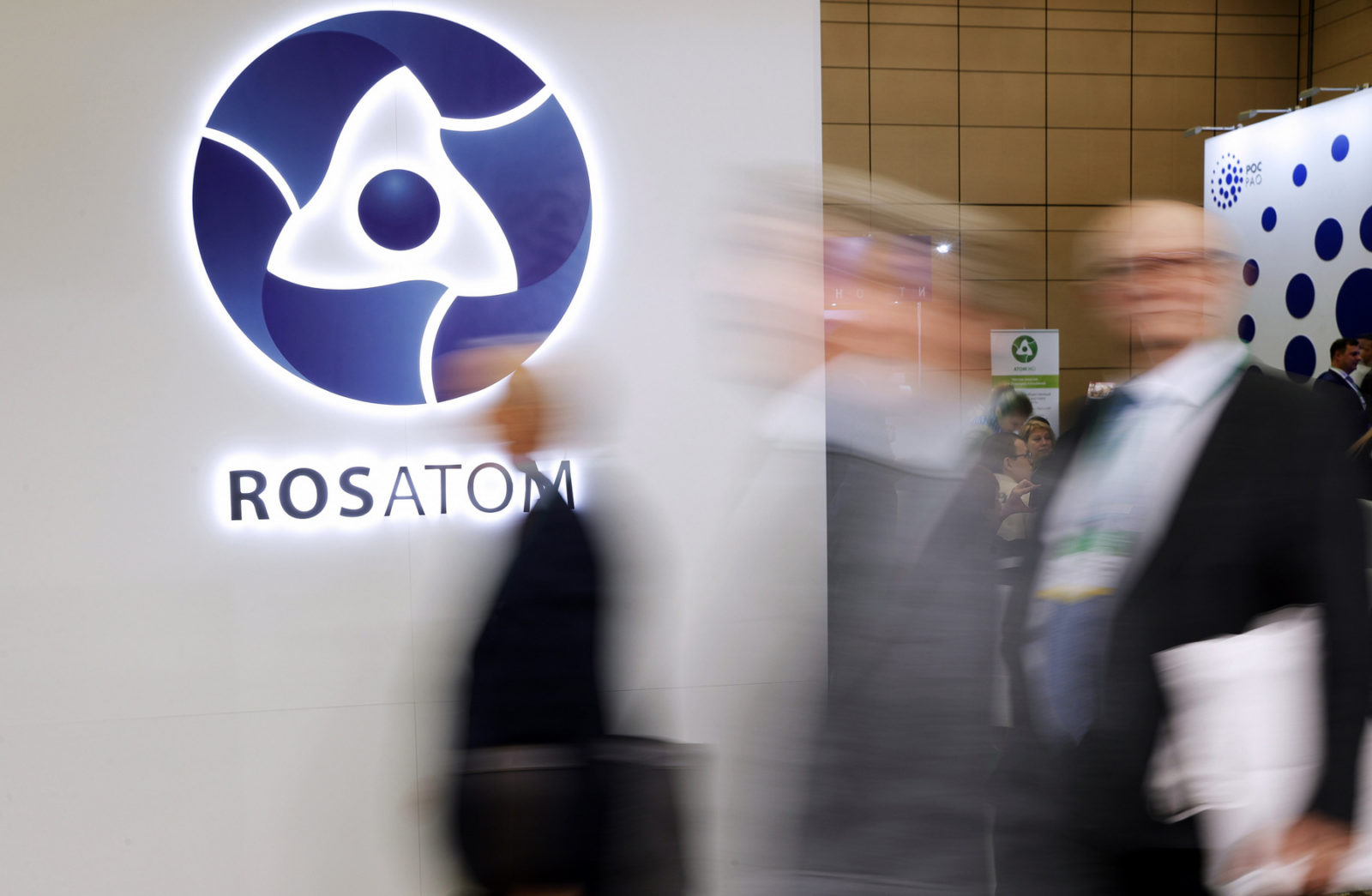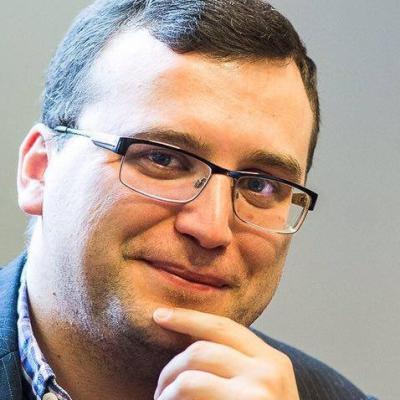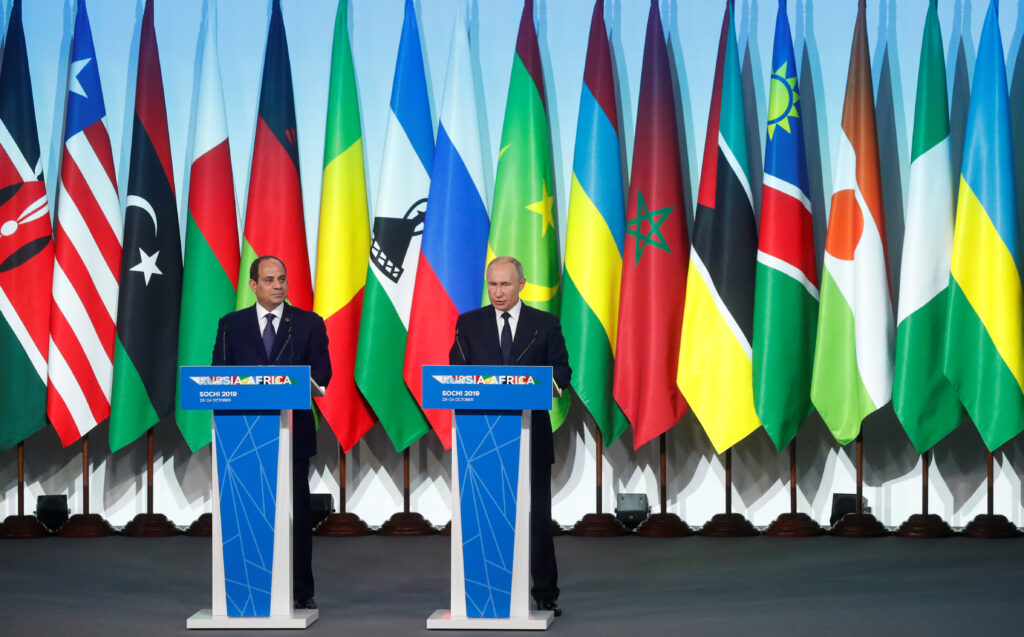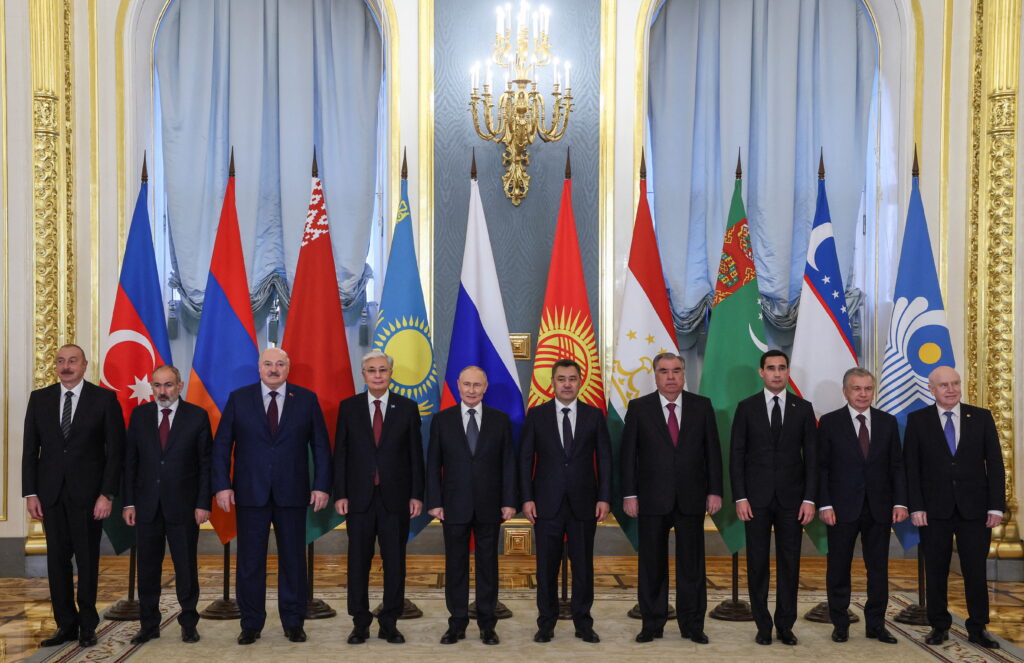Since the moment Rosatom was founded in December 2007, Russia’s state corporation for atomic energy has been oriented towards the development of exports and acquisition of assets overseas. So in 2018, Rosatom’s revenue from foreign orders reached $6.5 billion, or nearly 40% of the corporation’s entire revenue of around $16.5 billion. Its recent pivot towards Africa is also starting to show results: Russia is constructing the El Dabaa nuclear power plant in Egypt and a centre for atomic science and technology in Zambia. At first glance, the corporation appears to have promising prospects in Africa, where many states experience shortages in electrical energy against the background of economic and demographic growth, as well as requiring isotope production for healthcare and other sectors.
This all has important geopolitical significance for Russia. Moscow is striving to become another key player on the African continent where China has made great inroads, including in the atomic sector. Moreover France, the USA, and other western companies and countries continue to play an important role in the development of African states and also provide security for several of them.
Rosatom’s projects have come to help Moscow consolidate its influence on the continent. This is the goal assigned to Russian commodity companies, which have long operated in several African states, and mercenaries operating under the auspices of the Russian security services, which are involved in several conflicts, for example in the Central African Republic and Libya. High hopes are tied to the fact that the atomic sector is seen as particularly politically sensitive. However, the reality of the situation is a little more prosaic.
Uranium mining: lack of feasibility
Back in 2009, Rosatom’s subsidiary Atompredmetzoloto attempted to start work in Namibia and South Africa, it acquired a first share in the Canadian company Uranium One. Atompredmetzoloto’s strategic goal was to develop a сырьевую базу, partially at the expense of several African projects. The issue was that Uranium One was simultaneously working in South Africa and Tanzania. At the time, prices for uranium were nearly double what they are today ($65 as compared to $31.5 a pound for long-term contracts). Those rising prices peaked in early 2011 at $71.50. It was widely believed that atomic energy was on the cusp of a new golden age, leading to the inevitable growth in demand for uranium and a solid increase in production. However, the catastrophe at Fukushima, Japan, in March 2011 seriously tempered that optimism. If in March 2009, 50,772 tonnes of uranium were mined worldwide, production peaked in 2016 at 62,379 tonnes. Furthermore, even the most optimistic prediction for demand for uranium until 2040 supposes that current reserves are entirely sufficient. In other words, the main rationale for increasing the сырьевой базы has ceased to exist.
All this has consequences for Rosatom’s African strategy. Today, the company’s entire overseas extraction operation is concentrated in Uranium One (Atompredmetzoloto mines solely in Russia) and practically all of that is carried out in Kazakhstan (4,385 tonnes in 2018). Not much is left of the corporation’s bold African opening save for its participation in the Tanzanian uranium project Mkuju River, which is still in the stages of geological exploration and of which just 13.9% belongs to Uranium One.
Rosatom’s stockpiles from this project in Tanzania comprise just 3,599 tonnes from an overall project output of 25,876 tonnes — compare that to the company’s overall stockpiles of 197,100 tonnes of uranium. The company also has four licences to prospect for uranium in Namibia, but has yet to carry out any serious activity there. In all likelihood, Uranium One is simply guaranteeing itself a presence in the project without making any serious investments.

Even taking into account the fact that Russia is clearly pursuing a policy of conserving uranium stockpiles on its territory (see Table 1), and is primarily focusing on extraction assets overseas, it seems unlikely that African uranium resources will become a serious priority for Rosatom in the foreseeable future. There is as yet to evidence that the approach “a presence for the sake of a presence” will change — even if Uranium One starts to expand its mining operations to include other rare earth metals apart from uranium.
Take the power plant and pay later
Over all these years, Rosatom has been trying to introduce its products — nuclear power plants and the fuel they require — into the African market. The corporation has signed memoranda of understanding and agreements on nuclear cooperation with many African states. For a developing continent home to more than 1.2 billion, and where even significant countries such as Nigeria experience electricity shortages, any offer to construct a nuclear power plant looks very tempting indeed. But things aren’t quite so simple.
Firstly, IAEA (International Atomic Energy Agency) recommendations stipulate that the safe commissioning of even one standard VVER-1000 or VVER-1200 model nuclear reactor requires that the reactor generate no more than one tenth of the country’s entire energy needs. For example Tanzania, with a population of over 57 million, has the operational capacity to generate just 1,500 MW — South Africa, with a comparable population, can produce more than 51,000 MW. However, it is extremely difficult if not undesirable to cover this deficit simply by constructing a 1,000 MW nuclear reactor. Such a reactor cannot always operate at maximum power, meaning that the country’s energy system will remain unstable with such an uneven spread in production. Therefore most African states, despite their need for electricity, simply cannot unlock the potential of nuclear energy today — and that is primarily not a question of money.
Nevertheless, based on these parameters we can identify several African states for which a nuclear power plant could be an acceptable solution (see Table 2):

Today and in the years to come, only four African states may potentially need nuclear power plants. Of course, it is possible that more countries will be added to this list throughout the 2020s — but for now the export potential of standard nuclear power plants is objectively limited to those above. At least, that is Rosatom’s hope. Meanwhile, talk of further nuclear power plants in Ghana, Kenya, Uganda, or even Tanzania seems far removed from reality.
It is known that the construction of Egypt’s El Dabaa power plant, with its four VVER-1200 reactors, should begin in 2020. The project has already been called the most expensive nuclear deal in history: it costs Egypt $30 billion, of which $25 billion is a loan from Rosatom. Under the terms of the loan agreement, Egypt will have to start repayments just a few years after construction is completed. That is where Rosatom’s main weakness in promoting its nuclear power plants in Africa becomes clear.
The agreement reached with Egypt contains some extremely favourable terms for Cairo. The benefits for Rosatom and Russia, however, are less obvious. Meanwhile, the corporation has been negotiating with the governments of Algeria and Nigeria for several years without any clear result. Nigeria appears eager for a new nuclear power plant — but only under the same conditions as those Rosatom offered Turkey in constructing the Akkuyu nuclear power plant. These conditions, termed build-own-operate, would allow the recipient to pay for the electricity produced by the power plant, but not for the facility itself. It is unlikely that Russia’s capabilities, for all its foreign policy ambitions, are so great that the country can afford to build multiple reactors around the world for free. In short, it will not be possible to replicate the credit scheme under which El Dabaa power plant is being built, however many takers there would be.
Last but not least, Russia’s primary partner is South Africa, the continent’s most developed country. In 2018, South Africa completely shelved its plans to construct a new nuclear power plants. It turns out that in Africa, unlike other parts of the world, there is simply no economically viable demand for standard nuclear power plants. Consequently, Rosatom’s African strategy has become a waiting game — waiting for such a time when African countries are prepared to pay for their own energy needs or, at the very least, can offer the Kremlin something enticing in the field of foreign policy. This realisation has compelled the corporation to try to consolidate its presence in Africa in other ways.
A survival strategy
Rosatom’s policy is now to diversify its business model. The corporation is now making inroads into hydroelectric and wind power, among other sectors. Unlike nuclear power plants, this does not promise large revenues, but Moscow hopes that the foreign policy dividends, in combination with other projects, could eventually pay off if replicated sufficiently. In South Africa, Rosatom plans to supply low yield hydroelectric power (not requiring the construction of a dam) through its Hungarian subsidiary company. These power stations, even if constructed en masse, will not significantly change the continent’s energy situation, but are hypothetically capable of consolidating the corporation’s presence there.
Furthermore, Rosatom sees prospects in the export of smaller reactors which can be used in atomic research, such as for producing radioisotopes. Algeria, the Democratic Republic of Congo, Egypt, Ghana, Libya, Morocco, Nigeria, and South Africa already have some experience operating reactors of this type. The corporation is offering African countries cooperation in the field of nuclear science and technology by establishing research centres. Today, intergovernmental agreements on these institutions have been signed with Zambia (where construction has already begun) and Rwanda. A joint project in nuclear medicine has already been launched with South Africa. The cost of each such centre can be estimated at several tens of millions of dollars, which is minimal when compared with an export revenue of $6.5 billion. However, all this also cements Rosatom’s presence and helps strengthen long-term ties, including through the training of technical personnel, officials, and managers.
In theory, low powered nuclear reactors could be an attractive option for Africa. The problem is that Rosatom has no proven experience in successfully developing these technologies. For example, the Academician Lomonosov 70 MW floating nuclear reactor, which has been under construction in Chukotka for almost a decade, will only be fully commissioned this year. Low power ground based nuclear power plants, based on the schematics of nuclear powered icebreaker ships, are still at the design stage — though Rosatom apparently has high hopes for them. It is possible that by the end of the 2020s some of these innovations will be ready to introduce to international markets. But for now, all Rosatom can do in Africa is to wait. It must wait for a financially solvent demand for large scale nuclear power plants, it must wait until technological advances in small nuclear power plants are achieved, and it must wait for the repayments on its large loan to Egypt.










